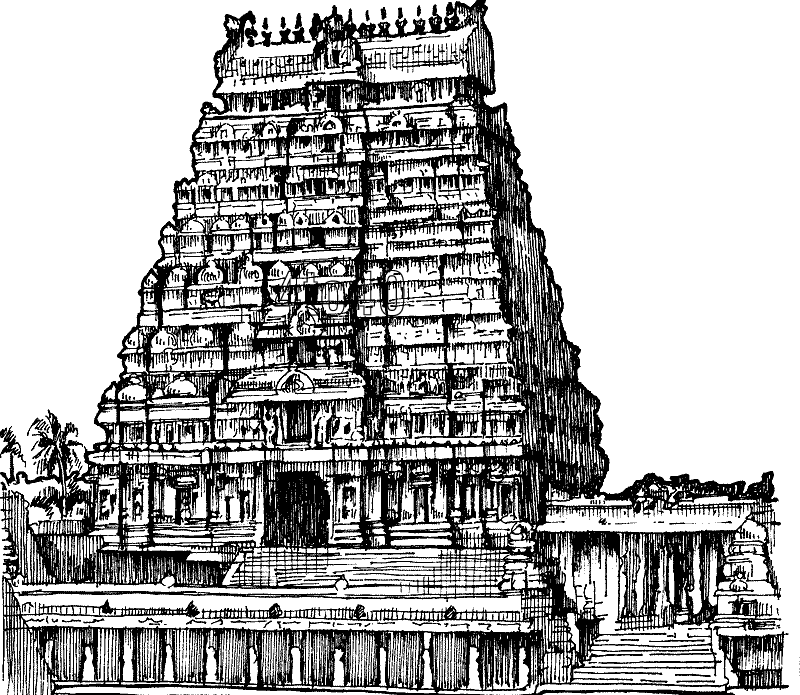LALITHA SAHASRANAMAM - Namah # 134
- S Subramaniam
- Dec 15, 2022
- 2 min read
LALITHA SAHASRANAMAM
@ S. Subramaniam

निर्लेपा (134)
Nirlepa (134)
Meaning:
Devi is without any attachments.
Interpretation:
Nir refers to the negativity or in this context stand for Not and Lepah or Lepat means sticking to it or attaching oneself to something. Therefore, the namah Nirlepa can be best understood as Devi does not get Herself attached to anything.

Attachment is caused by bondage and bondage is the result of karmas. Karmas arise out of actions. She is beyond karmas arising out of actions. This could be interpreted in two ways.
Lalitha Parameswari performs all Her actions as directed by Her Lord Shiva, hence karmas arising out such actions do not affect Her. Hence she is without any attachments.

Many of her devotees, through the process of continuous meditation, are able to manifest Her in their minds. In such situations, she becomes one with the minds of Her devotees. The karmas of such devotees do not affect Her. Hence she is without any attachments.
Adi Shankara & Soundarya Lahari
While LSN refers to Devi herself as being the one who is free from attachments, Adi Shankara in Soundarya Lahari insits that the devotees can get their minds free of attachments by meditating upon Devi.

मृदित-मलमायेन मनसा
Mrdita Mala Mayena Manasa
says the holy saint. According to Shankara Devi is the supreme power and Devi alone can make the minds of her devotees pure and free of attachments.
Adi Shankara has also discussed elaborately about the need to give up attachments in two of his compositions namely Bhaja Govindam and Viveka Chudamani.

Author's Notes
One of the earliest reference to the word Nirlepa appears in the Manusmriti.
निर्लेपं काञ्चनं भाण्डमद्भिरेव विशुध्यति (Nirlepam Kancanam bhandamadbhireva vishudhyati) Manusmrti 5.112.

There are numerous mentions in Bhagavad Gita about the importance of detachment to attain peace, happiness and ultimately, liberation. The most important verse is the one where Lord Krishna instructs Arjuna to perform his duty without any attachment to the results of his action.
Disclaimer: All matters contained in this article are the property of www.templesofasia.com. The opinions expressed in this article are purely that of the author. The author alone is responsible for the accuracy, authenticity, completeness and validity of all the information in the article.

